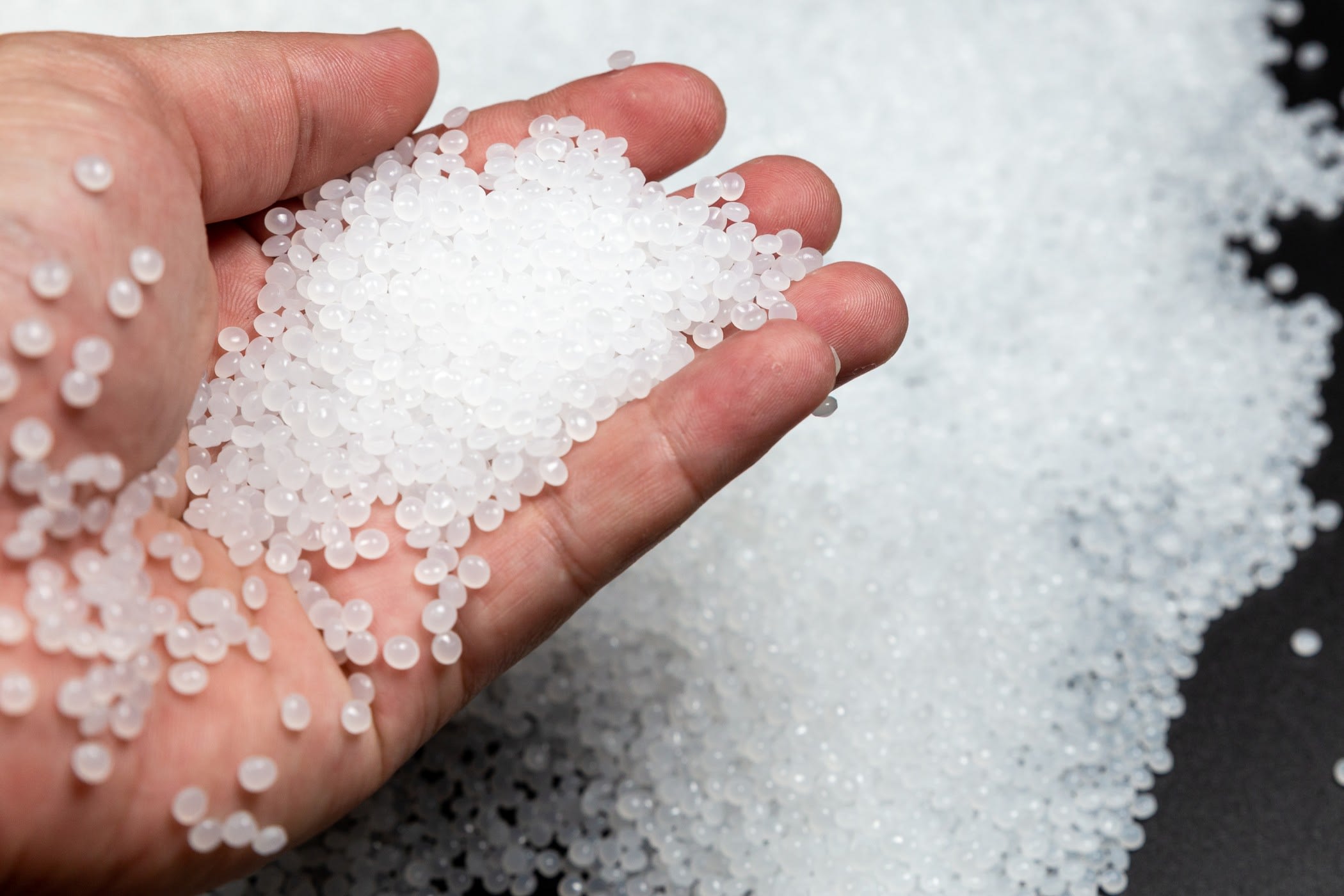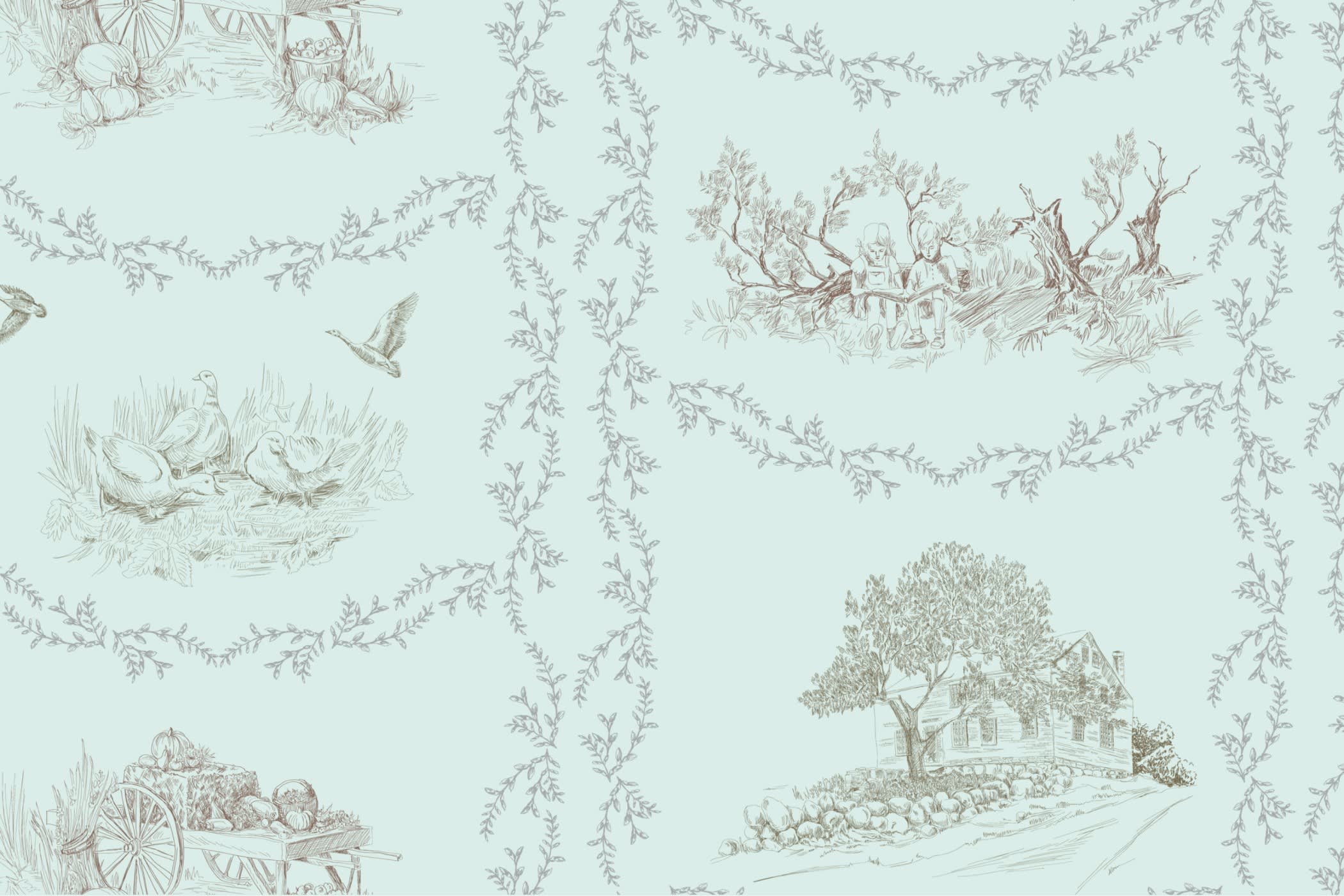How to Find Your Fabric Merchant Online

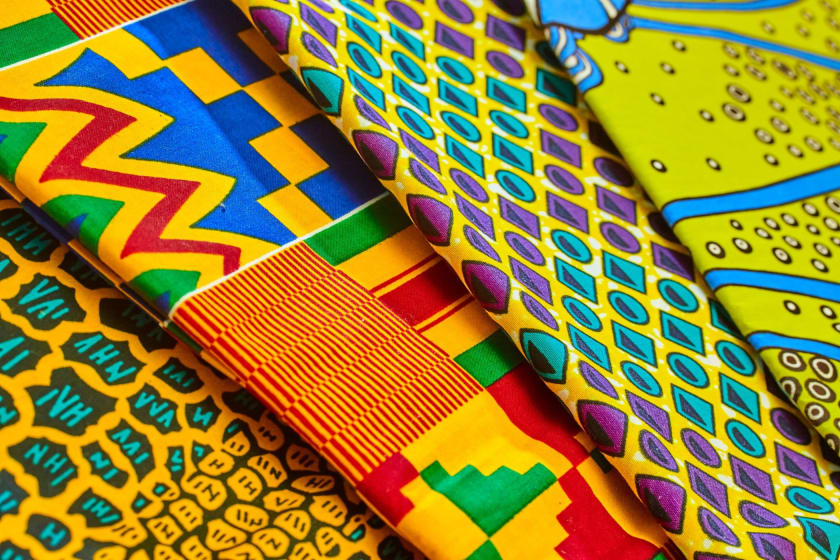

When starting a clothing line or getting into a fashion-based business, there is a lot to think about and work on, from creating fresh designs to not accidentally copying the competitor’s product.
However, the primary consideration is the raw material—the fabric. Not only does it help set the foundation, but it is also the key that helps brands stand out.
This mini-guide will take you through the process of finding the right fabric merchant. We understand how overwhelming it can get, so we will try our best to simplify how to find a fabric merchant online. The article will also lay down a set of questions that need an answer during fabric sourcing.
Steps to find the perfect fabric merchant
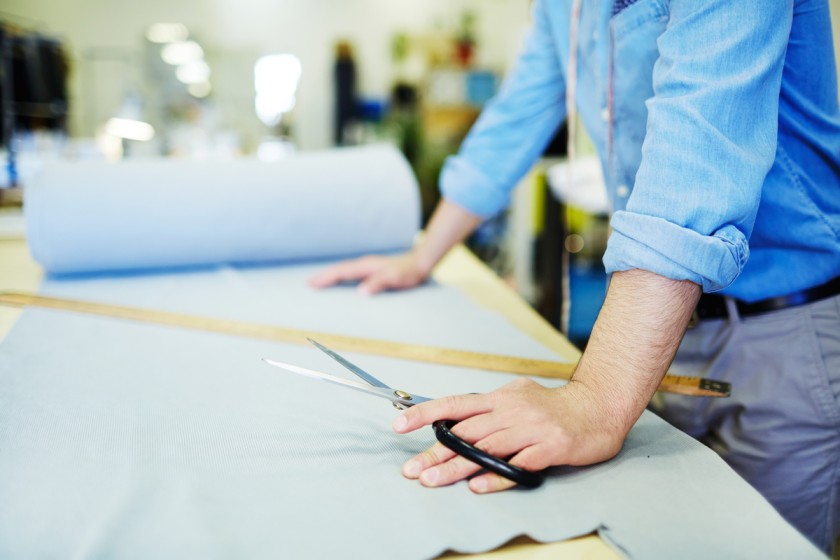
Research
An essential step towards making the right decision with a fabric merchant online is doing proper research.
There are several established brands in the market. One can only go unique if they use a newer and better fabric type than the established ones in the market. And that requires great market research.
Do the research about the type of fabric to choose, the merchant and mill fabric suppliers to choose, and even about the product to sell. If a product doesn’t have demand in the market, there’s no use investing in it. But only research will tell you if it will be fruitful or not.
Find the niche
Before you select your fabric and choose a fabric merchant, it is important to establish a niche. Consider the following questions:
- Will the brand make men’s clothes, women’s clothes or clothes for children?
- Is it for special occasions or casual wear?
- Would the brand specialise in a particular type of clothing such as shirts, skirts, or pants?
- Are the clothes for summers or winters or all-season wear?
This will provide answers to these questions:
- What to make?
- Who is the product for?
How to find fabric merchants online
Ask a sales representative
Inquire with sales representatives about the most popular styles. One doesn’t have to tell them about attempting to build a rival brand. That’s because more and more buyers nowadays are inquiring about the products they are purchasing. So go ahead and enquire.
Store representatives are some of the most helpful people. They are familiar with the goods, have observed what sells, and, more crucially, have observed what gets returned and why. They are also around the changing rooms listening to what customers have to say regarding fit concerns. They know enough about fashion trends, styles, colours, and fabric to help with a brand’s research.
Sales representatives can provide a lot of value to a brand. They are the unsung heroes of the fashion world.
Do counter sourcing
A significant question to consider is whether the experts in the brand can answer the questions of the merchant and mills fabric manufacturers. Would they be able to say if the yarn size is X, the machine gauge is Y, and the fibre is A% cotton and B% linen?
If the brand is new, this may not be possible. However, one can try counter sourcing to make things easier. The process involves observing what’s on the market and obtaining some reference samples for the fabric merchant.
As time goes by, a brand will learn and will be able to order fabric without any counter sourcing as experts do.
Some types of fabric to choose from
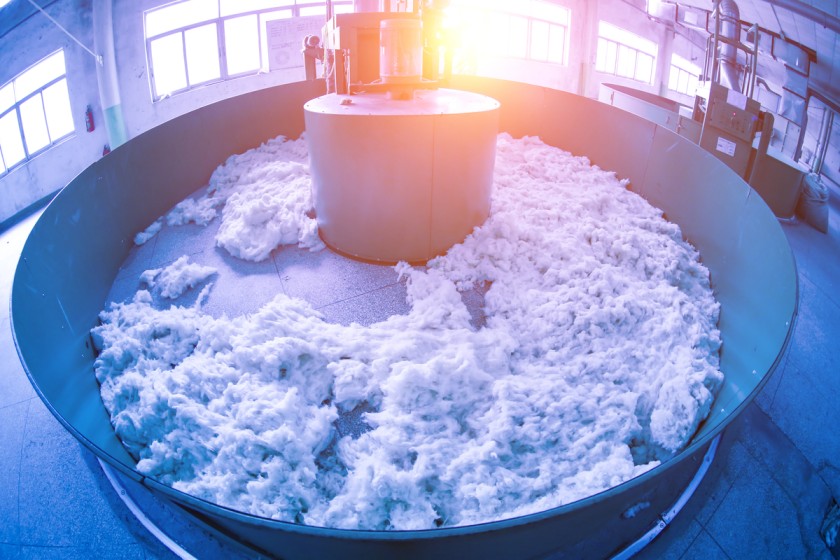
In stock
This fabric is in stock and ready to purchase. Colours, quality, and any finishing are already complete, and one can buy it off the shelf. This may appear to be a limitation, but it’s actually a good option when the brand is just starting out.
Advantages of purchasing fabric that is already in stock:
- It is available when required.
- As it is in stock, it will be available when you need to reorder months later.
- The minimum order quantity (MOQ) is usually substantially lower (can even be just 1 yard). With MOQ so low, you don’t have to invest higher until you feel comfortable.
The drawbacks of purchasing fabric off the shelf:
- There aren’t many customisation options beyond printing or embellishing.
- The fabric merchant may not have the exact colour or quality required.
- Competitors might use the same fabric.
Dead stock
This is fabric that has been discarded by the fabric merchant due to lower quality or is leftover by another brand.
Dead stock fabric has its advantages—it is immediately available and is often inexpensive.
However, buying dead stock fabric has its drawbacks:
- The supply is limited—it can sell out quickly, so the brand’s shopping department will have to be proactive.
- The quality may not be up to par—don’t buy it without proper research and inspection.
- The sustainability of dead stock cloth is a point of contention.
Greige goods
This is the fabric that is unbleached and undyed. This fabric leaves room for plenty of creativity because it can be dyed, treated, and finished as per the designer’s preferences.
Typically, the brand should purchase a large quantity of this fabric from a fabric merchant. Then they should have smaller cuts coloured and finished according to specifications.
The colours, finish, and treatments of greige fabrics are all fully customisable.
However, this fabric has its drawbacks:
- Minimum lengths of at least 500-1000 yards need to be ordered, which may not be feasible for the brand to invest in.
- There is a lot to do—the brand will need a mini-factory of their own to do the dyeing and finishing.
- All the fabric that is not dyed or finished needs to be stored and used before it becomes unusable, as raw cloth deteriorates over time.
- The brand may not get customers fast, so the invested money will stay blocked.
Some more questions to answer at this stage
What is the fabric made of?
The fibre in the fabric can be silk, polyester, cotton, rayon, or a blend. If the brand doesn’t know which fibre to use in their fabric, they should send a reference material to the fabric merchant.
How is the fabric made?
Fabric construction can be of two types: knits and woven. Knitted fabric is a result of a single yarn braided to create the end product. Woven is a result of multiple yarns running right to left and then top to bottom. These get woven over and over until the final product is ready.
The brand should know how they want to construct their fabric.
Here’s a cheat sheet with examples:
If the end product is leggings, t-shirts, or underwear, choose knits.
If the end product is jeans, bedsheets, or dress shirts, choose wovens.
What is the fabric weight?
The band will not use the same weight for each fabric they use. So, it's essential to make a note of it for the fabric merchant and the designers. The weight of fabrics is in grams per square meter (GSM or GR/M2).
Why should one buy from an agent?
Agents will represent the brand in dealings with fabric manufacturers. They serve as an intermediary and can be very beneficial to new brands.
A reputable agent will have an in-depth talk with the brand about exactly what the requirements are before approaching a mill for fabric sourcing. They also advise on whether the brand’s requests are reasonable. They present information in easy-to-understand language for fabric designers, which ensures that everyone involved in manufacturing is on the same page.
This way, the brand represented by the agent will also have answers to most questions that the mill representatives will ask.
The charges of an agent are usually a part of the fabric price, so the brand may have to spend a bit extra (about 3-5 per cent). But the relationships, knowledge, and time saved could be worth it.
So, if a brand is having trouble finding the proper fabric or isn’t sure of the exact requirements, an agent can help.
Agents simplify the process, and they have access to more vendors beneficial to the brand. However, using an agent can be expensive.
Meet Fashinza—a great fabric merchant for every brand
Think of Fashinza as your brand’s agent. From design to delivery, we handle the whole process for our partner brands—they only need to place the order. The central feature of our platform is its ability to allow brands to place an order, track it, receive daily updates on production. They can communicate with manufacturers and make payments.
By making our apparel manufacturing process hassle-free, fast, and transparent, we make brands’ lives easier.
Want to know more? Contact us today!















